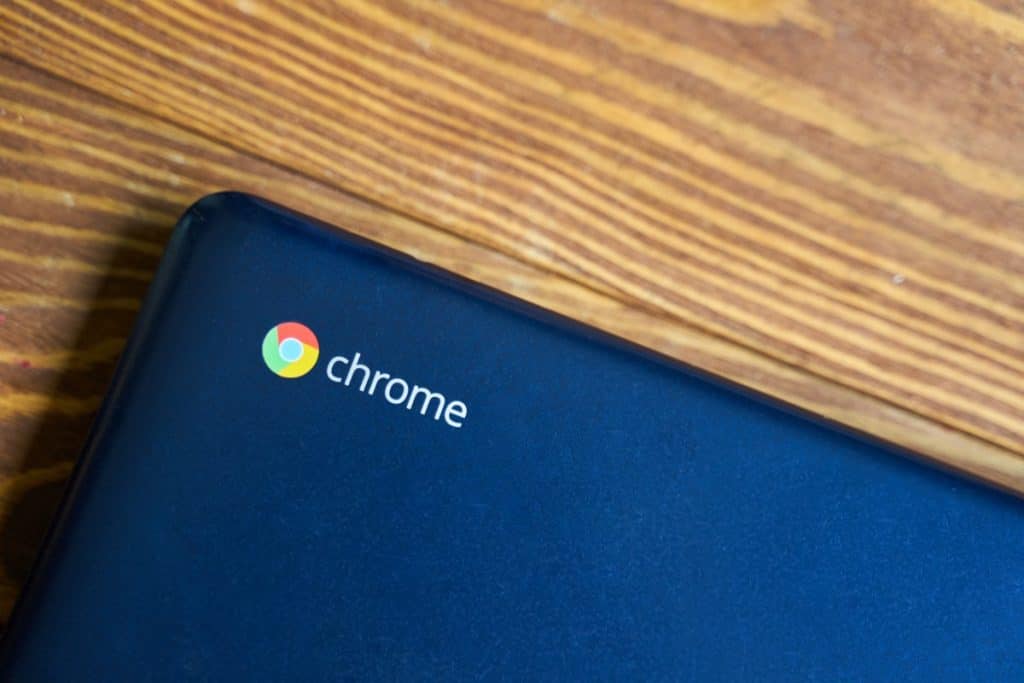BIOS password is a power-on password for all types of computers. Setting a BIOS password in your Chromebook provides extra security to it. The BIOS password is an extremely strong password that locks up the hardware and makes the Chromebook laptops completely unusable without the password. +The BIOS password, which is also known as the Supervisor password, is different from the User Password. The user password controls access to the system while the supervisor password controls access to the setup utility. Setting the BIOS in your Chromebook laptop is relatively easy. It takes a few minutes to set it up on your laptop. It will be helpful to protect your laptop from intruders.
To create a BIOS password in your Chromebook laptop, your laptop needs to be off first. Or you can restart your laptop. You use the F2 Key in Chromebook laptops to go into the BIOS Setup Utility. Set passwords and set prompt notice.
This article will see if there’s a BIOS password on a Chromebook laptop, how to set BIOS in a Chromebook laptop, to access the BIOS on a Chromebook, and to change your BIOS password in a Chromebook laptop. Read on to find out more.

Is There A BIOS Password In A Chromebook?
If you use your laptop in public places or workplaces, it might be a good idea to add extra security to your laptop. This prevents people from messing with your laptop’s operating system. For example, a BIOS password offers the chance to set lower-level passwords; it prevents other people from booting other operating systems or wiping your drive.
A Bios password is probably the best extra layer of security your laptop needs. No unauthorized user will be able to access your laptop, especially the operating system, without the BIOS password.
Most if not all Chromebooks have Bios. You can set a BIOS password in your Chromebook. It is located in the BIOS Setup Utility.
How To Set BIOS Password In Chromebook Laptop.
Most people, especially those who don’t work in public places, don’t need a BIOS password. However, a BIOS password isn’t difficult to set.
- To set a BIOS password, you’ll need to know the relative Key to press, depending on the brand of your computer. The Key varies most of the time from F2, Delete, F1, F10, or Esc. On most laptops, you will be required to reboot it.
- When the laptop restarts, pressing the relative Key immediately the screen lights up. Once you access the BIOS settings, select security. Next, click on the supervisor password and press enter. Fill in the blank space with your password. Then press enter.
- Click on the popup setup notice. This will prompt you to enter the password when you turn on the computer. Press F10 or click enter to save the changes. Select yes to exit. Your laptop will log on automatically after this process.
You can choose to include a backdoor in case you forget the password. A backdoor is one of the best ways to protect the BIOS password, which allows users to access the BIOS when the hardware is being maintained. However, sometimes the backdoor password might fail to work when entering the wrong password more than three times.
Here are some backdoors to try:
- AMI Backdoor BIOS Password.
- Phoenix Backdoor BIOS Password.
- Award Backdoor BIOS Password.
These backdoors will come in handy when you forget your BIOS password. Then, you, as the owner, will be able to access your laptop through the backdoor.

How Do I Access The BIOS On A Chromebook?
There are different ways to access the BIOS password. You can access BIOS through Windows 10 or using a function key function.
Windows 10 gives you configuration options directly within the operating system. However, you can’t change all BIOS settings through this process because BIOS is a pre-boot environment. To access BIOS from Windows 10, follow these steps:
- Go to settings by clicking the start icon.
- Select Update and Security.
- Select Recovery from the left menu.
- Click Restart Now under Advanced startup.
- On the new menu, click Troubleshoot.
- Select Advanced options.
- Select UEFI Firmware Settings or Startup Settings.
- As your PC restarts, tap F1 or F2 to access the BIOS.
- Click Restart.
- Your laptop will restart and take you to BIOS.
The other way is through using a function key at reboot. The steps to be followed are:
- Turn off your laptop.
- Then turn it on again.
- Immediately you see the screen light up and start pressing the relative Key depending on your laptop. The Key can be F2, F10, Delete, or even Esc. Press and hold the Key or keep clicking until you see a please wait.
- You’ll enter into the BIOS Setup Utility.
- Select Security.
- Click on Supervisor Password.
- Enter the password of your choice.
- Click on enter.
- Select the popup menu to a set prompt popup once you turn on the laptop.
- Click on enter.
- Once your laptop restarts, you will have successfully set your BIOS password.
How To Change My BIOS Password In My Chromebook Laptop.
There are different ways and a few steps to follow when trying to change the BIOS password. However, they are easy to perform.
- The first way is by using a master password. In this process, you’ll have to enter the wrong password three times until you get a system disabled message. After that, restart your computer and use a backdoor to set a new password.
- The second way is to remove the CMOS battery; you use this method as a last resort. The battery looks like a watch battery. Once you remove it and set it aside for thirty minutes to an hour, your BIOS will reset, and you can input a new password.
- The third way is to reset jumpers. Locate the BIOS jumper and move the jumper one pin over. Wait for at least thirty seconds, then return the jumper to its original position. Turn on your computer and enter BIOS, and set a different password.
